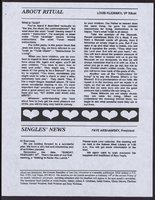Search the Special Collections and Archives Portal
Search Results

Minutes from Temple Beth Sholom Board of Directors meetings, 1995-1996
Date
1995 to 1996
Archival Collection
Description
Meeting minutes include reports from committees of the board, correspondence, and balance sheets.
Text
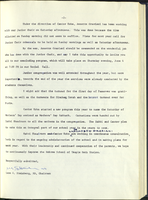
Minutes from Temple Beth Sholom Board of Directors meetings, May 1974 - May 1975
Date
1974 to 1975
Archival Collection
Description
The meeting minutes of the board of directors of Temple Beth Sholom include the proceedings of meetings held from 1973 to 1974.
Text
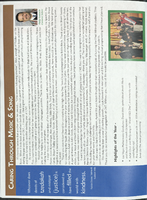
Annual report from Congregation Ner Tamid, 2008-2009
Date
2008 to 2009
Archival Collection
Description
Annual report from Congregation Ner Tamid, 2008-2009
Text

Interview with Patrick Rowe, November 5, 2004
Date
2004-11-05
Archival Collection
Description
Narrator affiliation: Drilling Engineer, Reynolds Electrical and Engineering Company (REECo)
Text

Interview with Native American Forum on Nuclear Issues, April 10, 2008
Date
2008-04-10
Archival Collection
Description
Narrator affiliation: Downwind Native Communities
Text

Interview with Philip Wymer Allen, July 9, 2004
Date
2004-07-09
Archival Collection
Description
Narrator affiliation: Meteorologist-in-Charge, Weather Bureau Research Station, Nevada Test Site
Text
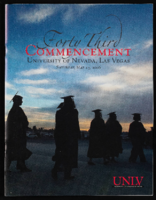
University of Nevada, Las Vegas (UNLV) 43rd commencement program
Date
2006-05-13
Archival Collection
Description
Commencement program from University of Nevada, Las Vegas Commencement Programs and Graduation Lists (UA-00115).
Text
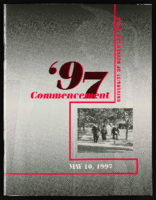
University of Nevada, Las Vegas (UNLV) 34th commencement program
Date
1997-05-10
Archival Collection
Description
Commencement program from University of Nevada, Las Vegas Commencement Programs and Graduation Lists (UA-00115).
Text
Pagination
Refine my results
Content Type
Creator or Contributor
Subject
Archival Collection
Digital Project
Resource Type
Year
Material Type
Place
Language
Records Classification

